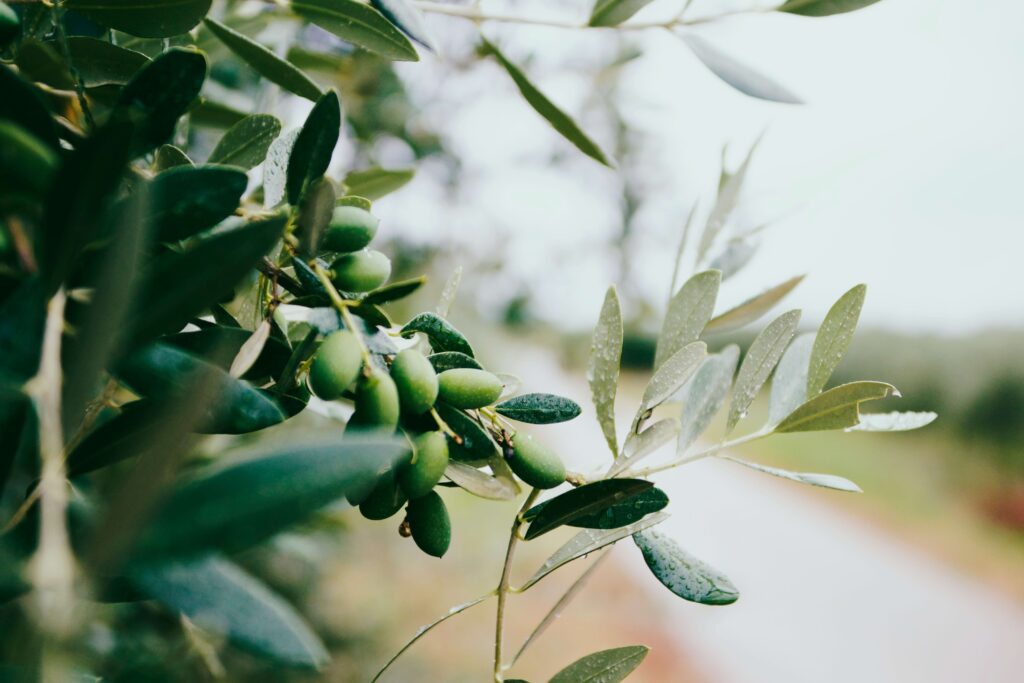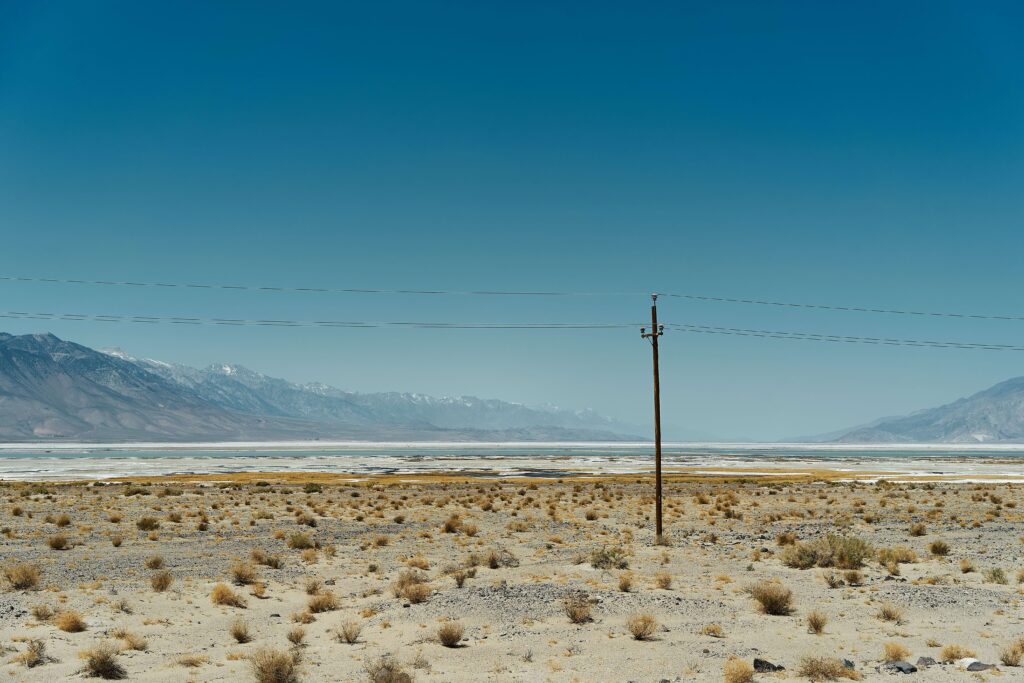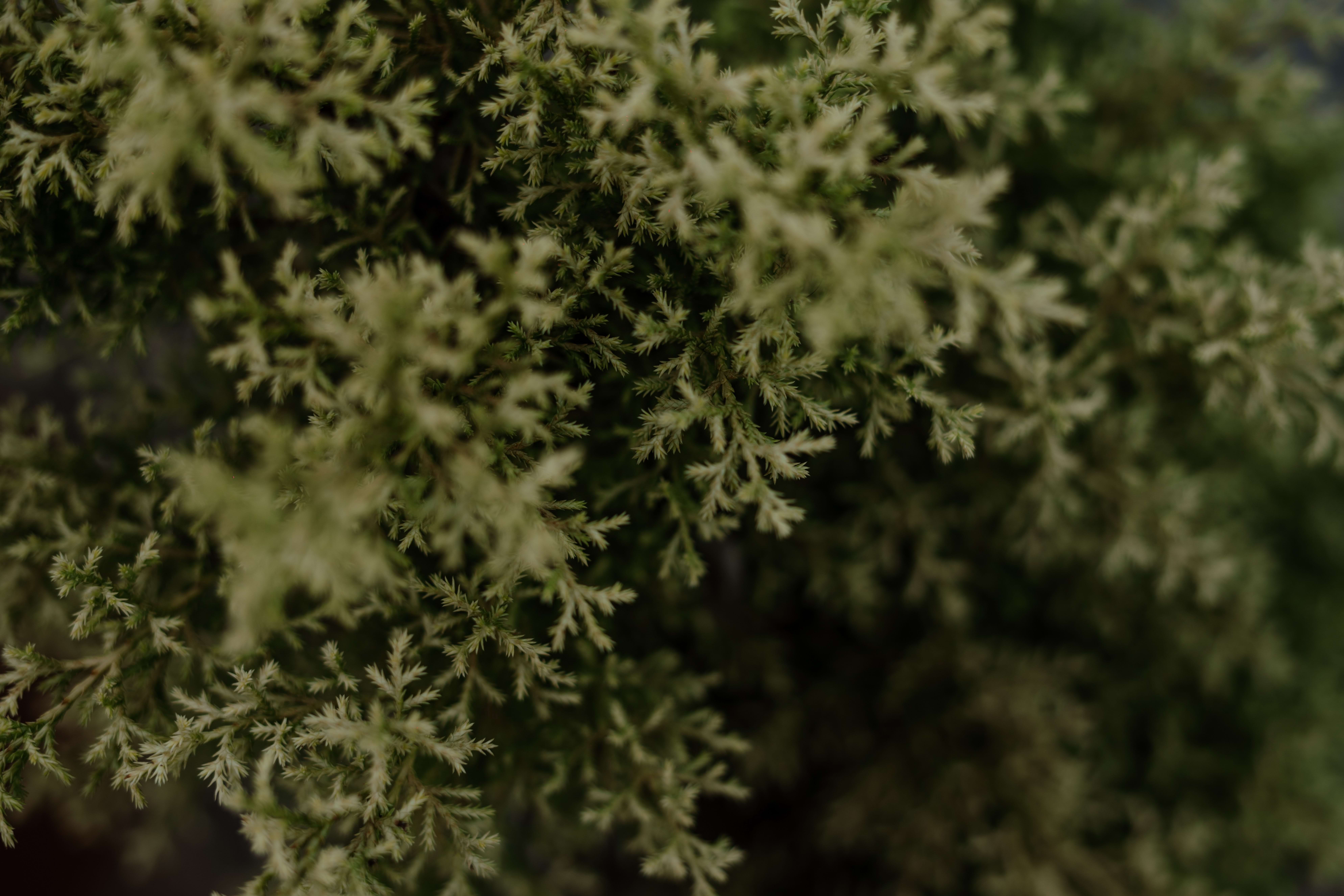Xeriscaping is all about water conservation. Replacing water-loving turf with rock gardens and hardscaping reduces utility bills, saves back-breaking maintenance, and helps the environment in drought-prone areas.
One of the most effective ways to conserve water usage and create a sustainable xeriscape is by adding trees.
Xeriscaping trees need minimal water, provide much-needed shade, and attract local wildlife. In this post, we’ll show you 14 of the best types of xeriscape trees and how to plant them successfully.
Table of Contents
What Are The Best Xeriscaping Trees?

The best xeriscaping trees are native to the region and drought-tolerant. Some examples include the Desert Willow, Palo Verde, Arizona Cypress, Texas Mountain Laurel, and Olive trees. These trees require little water and can thrive in hot and dry climates. The larger the tree, the easier it is to help it thrive, so go for larger saplings for the best results.
Criteria for Selecting The Best Xeriscaping Trees
When choosing the best trees for your garden, there are a few criteria to remember.
Water requirements

Some xeriscape trees need more water than others, so make sure you know the water requirements before buying any. If you live in an extremely hot climate with very little rainfall, you’ll want species that require the bare minimum of water to thrive.
On the other hand, if you’re willing to water your new trees often, you’ll have more variety.
Root depth and spread
All tree saplings look cute and dainty, but how big will your new tree grow? Look up the maximum height and root spread to ensure it has enough space wherever you plan on planting it.
Some trees don’t grow very tall but still have widespread roots that could interfere with buildings or hardscaping if they don’t have enough space.
Adaptability to local climate and soil conditions
Are the trees you plan to use native plants? Non-native trees often don’t adapt as well to local climates, so you might find it difficult to make them grow. On the other hand, native trees are well adapted to local climates, so these will be much easier to care for.
Don’t forget to check your soil conditions before planting, too. Some trees prefer acidic soil, while others like alkaline soils, so you’ll need to know what you have prior to planting.
Growth rate and mature size
How quickly do the trees grow? If you’re hoping to have large, bushy trees to give you privacy, you’ll want something that matures quickly. However, a lot of trees take years to grow, so you’ll need to be patient.
Always make sure you know the mature size of any tree you plan to buy during plant selection. Stick with smaller varieties if space is tight.
Drought tolerance
Finally, all trees you plant when xeriscape landscaping need to be drought tolerant. Most established trees can tolerate inconsistent weather conditions, but not all are great at handling droughts.
Even if you find native trees that thrive in hot weather, make sure you have varieties capable of growing through drought conditions. Trees are usually an investment, so you don’t want them withering and dying after the first dry season.
14 Xeriscaping Trees for Your Landscape Design

Now you know what to look for when shopping for xeriscape trees, let’s look at some of the best species available to give you some inspiration.
Desert willow (Chilopsis linearis)
- Soil type: acidic or alkaline, loamy, sandy, well-drained, and clay soils.
- Mature height: 15–25′
- Mature spread: 10′
The name of this tree alone should tell you it’s perfect for xeriscaping. The desert willow prefers full sun and is extremely drought-tolerant. Although it’s not actually a willow, it does look like one with thick growth and multiple trunks.
Arizona cypress (Cupressus arizonica)
- Soil type: acidic or alkaline, loamy, sandy, and well-drained soils.
- Mature size: 40′ – 50′
- Mature spread: 25′ – 30′
The Arizona cypress is good at tolerating hot, dry conditions. It’s got greyish-green, scaly needles that are wonderfully aromatic. You’ll get reddish-brown cones once it’s matured toward the end of the second year. Great for soil erosion, the Arizona cypress will do well in low-water conditions.
Texas mountain laurel (Sophora secundiflora)
- Soil type: Preferably calcareous, dry, rocky, well-drained, loamy, and sandy soils.
- Mature size: 15’ – 50’
- Mature spread: 10’
Also known as the Mascal bean, the Texas mountain laurel is a small, evergreen tree that usually reaches about 15 feet in height. It has dense, dark green leaves and bluish-lavender flowers that droop in pretty clusters.
Warning: The woody pod the tree produces contains bright red poisonous seeds, so be wary if you have pets.
Olive (Olea europaea)
- Soil type: Well-drained, light, and sandy soils.
- Mature size: 15’ – 30’
- Mature spread: 32’
The olive tree is native to the Mediterranean, so it’s extremely well-suited to drought-prone climates. It’s loved for its silver-grey leaves and pretty white flowers, followed by delicious green olives that turn black when ripe. If you want your olive tree to bear fruit in the States, it’ll need a warm, sheltered spot to thrive.
Chinese pistache (Pistacia chinensis)
- Soil type: acidic or alkaline, loamy, sandy, well-drained, and clay soils.
- Mature size: 25′ – 35′
- Mature spread: 25′ – 35′
Although the Chinese pistache does produce greenish flowers in April and May, most people love it in the autumn when the leaves turn beautiful shades of orange and red. The Chinese pistache is good at tolerating heat and does well in urban conditions.
American sweetgum (Liquidambar styraciflua)
- Soil type: acidic, clay, loamy, sandy, and well-drained soils.
- Mature size: 60′ – 75′
- Mature spread: 40′ – 50′
The American sweetgum is another great tree for fall color, with the leaves turning bright shades of orange, red, yellow, and purple. In the summer, the star-shaped leaves are a medium-green color, and it bears burr-like fruit.
This tree can get big, so it needs plenty of space for development. If you have a large xeriscape, this tree could be a wonderful focal point.
Eastern redcedar (Juniperus virginiana)
- Soil type: acidic or alkaline, clay, loamy, sandy, silty loam, and well-drained soils.
- Mature size: 40′ – 50′
- Mature spread: 8′ – 20′
The eastern redcedar has thick, deep roots that easily access groundwater, making it an ideal choice for a dry xeriscape. It has evergreen, scaly leaves and produces a bluish-grey fruit. This xeriscaping tree loves full sun and tolerates wind and salt well, so it’s a good choice for coastal regions.
Some More Options to Consider
There are countless types of trees that will do well in a xeriscape. Ask your local nursery if you’re struggling to find types you like, but here are a few more options to get you started:
- Blue palo verde (Parkinsonia florida)
- Ironwood (Olneya tesota)
- Mesquite (Prosopis spp.)
- Pinyon pine (Pinus edulis)
- Italian cypress (Cupressus sempervirens)
- Japanese black pine (Pinus thunbergii)
Pro Tips for Planting & Maintaining Xeriscaping Trees
Once you’ve got your trees picked out, you’ll need to know how to plant and care for them to make sure they thrive.
Proper watering technique
Even if trees are marketed as “drought tolerant plants” or “low water use”, they still need regular watering or efficient irrigation for several months after planting until the roots have fully spread into the surrounding soil.
Your tree won’t be established for at least a year if it’s sapling, so water regularly to keep the root ball and surrounding ground moist.
Tip: Don’t leave the hose running on newly planted trees, as this will wash away a lot of the important nutrients in the soil. Instead, water thoroughly and often until the tree starts to grow.
Mulching and weed control
Mulching is essential for new xeriscape plants. It helps suppress weed growth, provides important nutrients, and prevents the soil from getting too hot around the fragile roots. Once your new tree is planted, add a 2-3-inch layer of mulch around the base.
Bark, pine needles, leaf mold, and plant material are all popular choices for ground cover. Try to go for an organic mulch when possible – inorganic mulches don’t have any nutrients for xeric plants.
Pruning and shaping
Baby trees will usually form their adult shape naturally as they grow, but some need a little help to get there. If you notice your sapling is looking leggy or too heavy for the baby trunk, it will need light pruning and shaping to grow strong.
Formative pruning involves removing side branches from the lower third of the tree as it grows. This helps it redirect growth upwards and gives a more balanced shape.
It’s always easier to prune in the winter when leaves fall, so you get a better look at the natural structure.
Protection from pests and diseases
If you’re worried about pests or high temperatures in your xeriscape, both tree wraps and oils can be extremely useful.
Tree wraps help prevent the sun from scalding the trunk. Saplings are more at risk of sun damage, especially in arid climates, so this provides a little bit of protection.
If you notice a lot of bugs in your xeriscape garden, adding horticultural oils to the tree trunk and lower branches will stop infestations without harming the tree. It will also suffocate any eggs or larvae that may be living on the branches.
Final Thoughts on Xeriscaping Trees
Whether you have a small, xeriscaped landscape or a huge garden that needs structure and visual appeal, trees are always a great addition.
Try to choose native species if you can, and make sure they’re drought-tolerant, sun-loving, and compatible with your soil type.
And don’t forget to check the mature size – no one wants a 50-foot tree in a small front yard in years to come!
